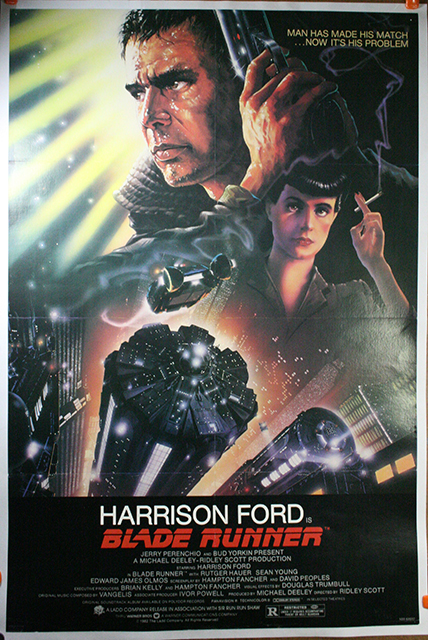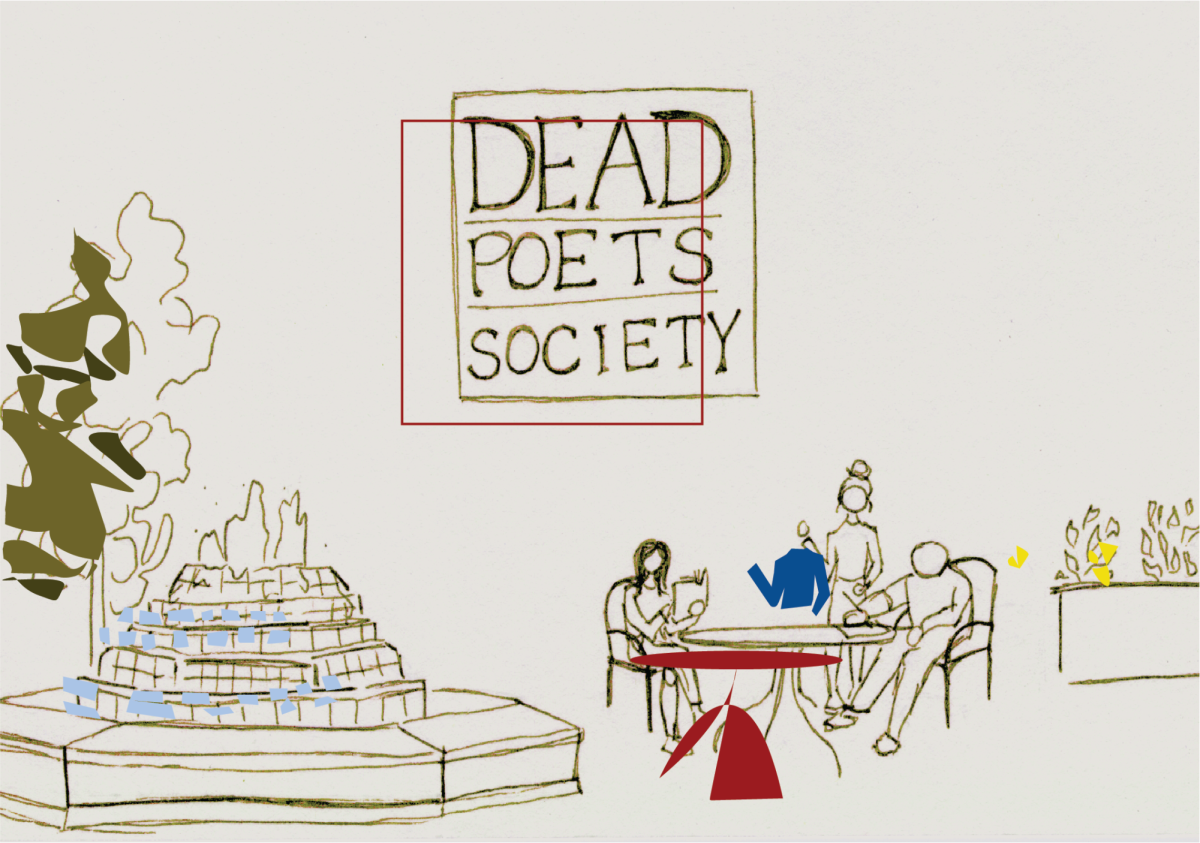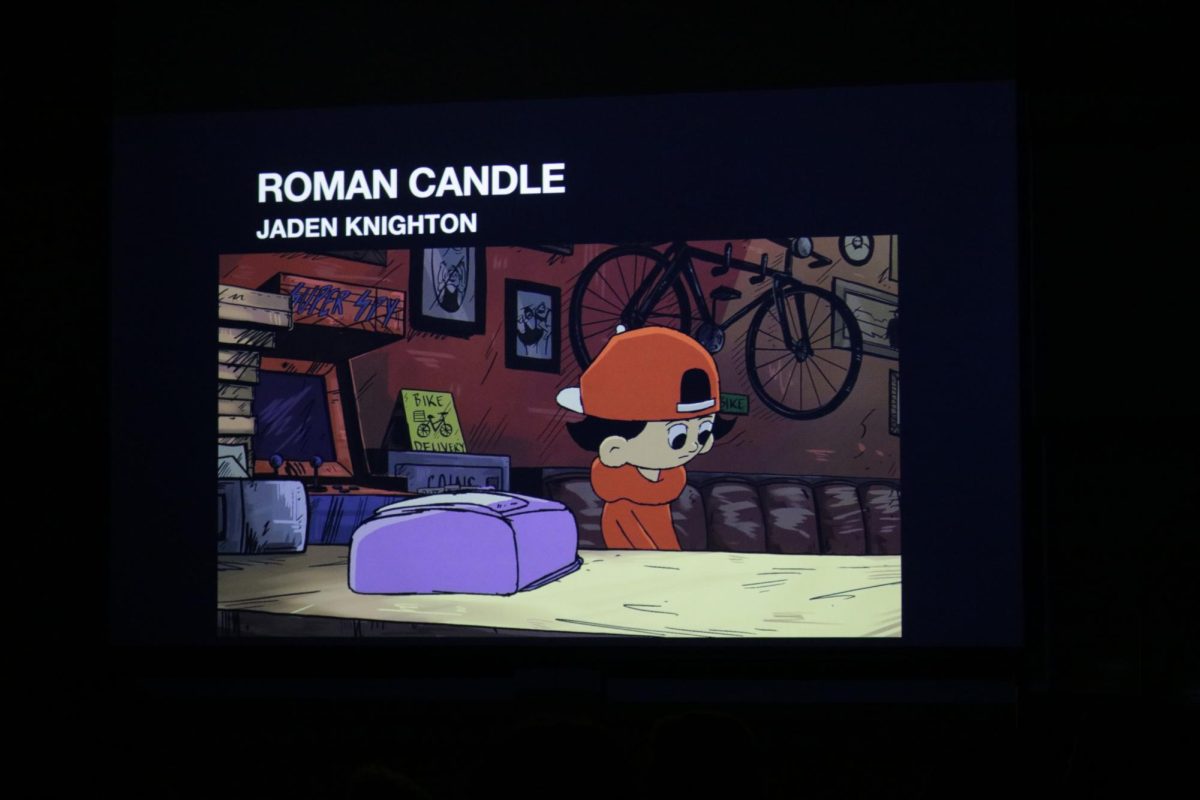“Blade Runner 2049,” director Denis Villeneuve‘s sequel to Ridley Scott’s 1982 “Blade Runner,” comes out Oct. 5. However, if you have yet to experience one of the greatest cult films in cinematic history, let me brief you on what happened in Los Angeles, year 2019.
Delving into dystopia
Genetically enhanced androids called Replicants exist in the year 2019. Replicants are manufactured and then forced to be slaves. They live horrific lives and eventually break free of it via mutiny, albeit a bloody mutiny. By virtue of their actions, they must be hunted down and killed simply because they want to exist. At the same time these Replicants, Nexus Generation 6 Replicants, have short lifespans. Thus, they yearn to not only live but live longer. Needless to say, bounty hunters known as Blade Runners and in this case, one Blade Runner, must execute or “retire” any remaining Replicants. The Blade Runner commanded to execute the remaining “dangerous” Replicants is none other than Rick Deckard played by Harrison Ford. For the most part, Deckard executes the mission. However, he increasingly empathizes and finds as much liveliness and humanity within these Replicants as regular human beings. Ultimately, the underlying message beneath the visual glitz, glamor and grime of “Blade Runner” lies within the notion that Blade Runners, with the exception of Deckard, act as the true villains. Thus, Replicants may actually be the victims of discrimination—a sentiment echoed by Roy Batty, the highly intelligent Gen 6 Replicant: “Quite an experience to live in fear, isn’t it? That’s what it is to be a slave.”
Even after synopsizing the 1982 stunner, more ground must be covered, as Villeneuve’s installment to the film franchise takes place 30 years later, hence the film’s title. With that being said, Villeneuve bridges the time gap with three short films, which he commissioned Ridley’s son Luke Scott and Shinichiro Watanabe to devise. Scott’s two shorts, spanning roughly six minutes each, occur relatively close to the upcoming full-length movie. He goes on to document what happened after an inside agent conspired against humanity by way of aiding the Replicants in detonating an EMP that led to a massive blackout. The blackout in turn, forced a prohibition on manufacturing more Nexus models. While Scott highlights what happened post-blackout, Watanabe’s 15-minute anime short presents audiences with the how and for what reason this blackout occurred.
Upon covering the 30 years of dystopian wasteland that is the “Blade Runner” cinematic timeline, I implore you to carve out some time and view the 1982 “Blade Runner” and each of the three shorts in order to help preface what we are about to witness on Oct. 5.







